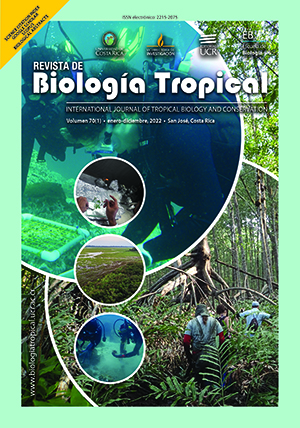Abstract
Introduction: Cnidarians depend on innate immunity for protection against both their own and external biological agents. It consists of three main immunological processes: 1) immune recognition, 2) intracellular signaling, and 3) effector response. Objective: To critically review current knowledge of the molecular repertoire involved in the immune response in cnidarians, its role in symbiosis, and possible biotechnological applications. Methods: We used keywords such as immunity, and immunological recognition in cnidarians, in the NCBI, Scielo and Google Scholar databases, for the last decade. Results: Cnidarian immune recognition consists of molecular pattern receptors and responses such as the mobilization of molecules to the site of infection, microbial ingestion, and the formation of molecules that activate signaling cascades. The signaling phase involves translation mediators that activate transcriptional genes and intracellular signaling cascades that initiate defenses. Effector responses include surface layer mucus, antimicrobial peptides, reactive oxygen species, and the cellular response mediated by phagocytosis. Conclusions: Immunity in Cnidaria is mediated by complex defense mechanisms composed of pathogen recognition receptors, intracellular signaling pathways, effector cells and molecules responsible for pathogen elimination, and recognition of symbionts. There is a potential for toxin compounds useful as antimicrobial molecules.







